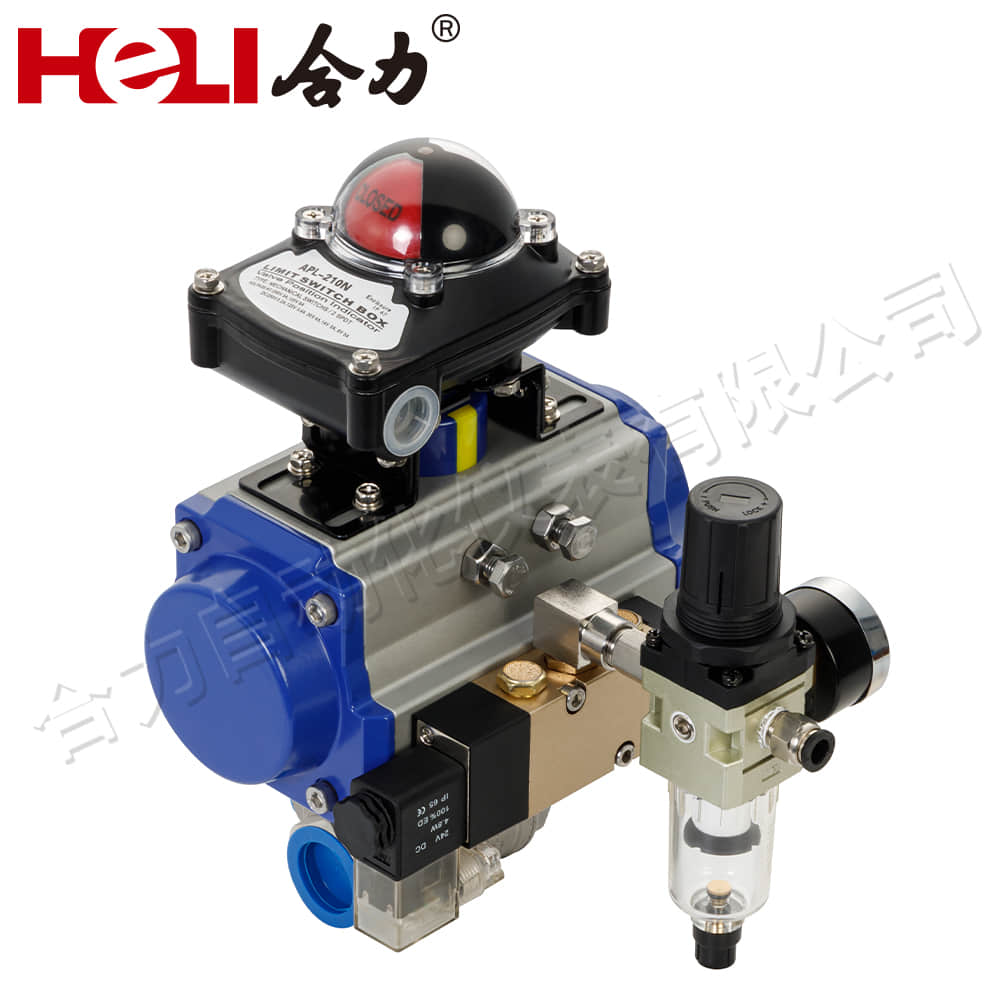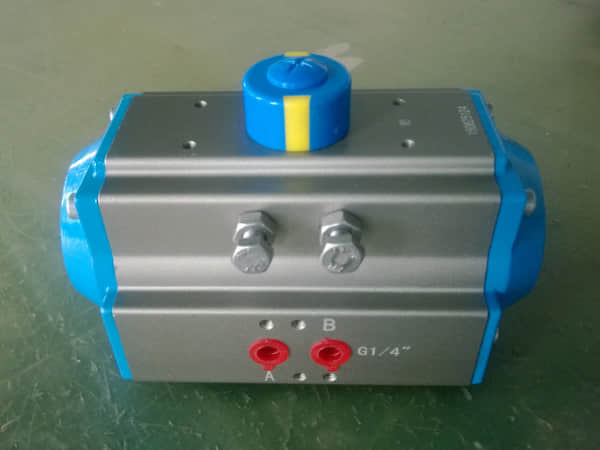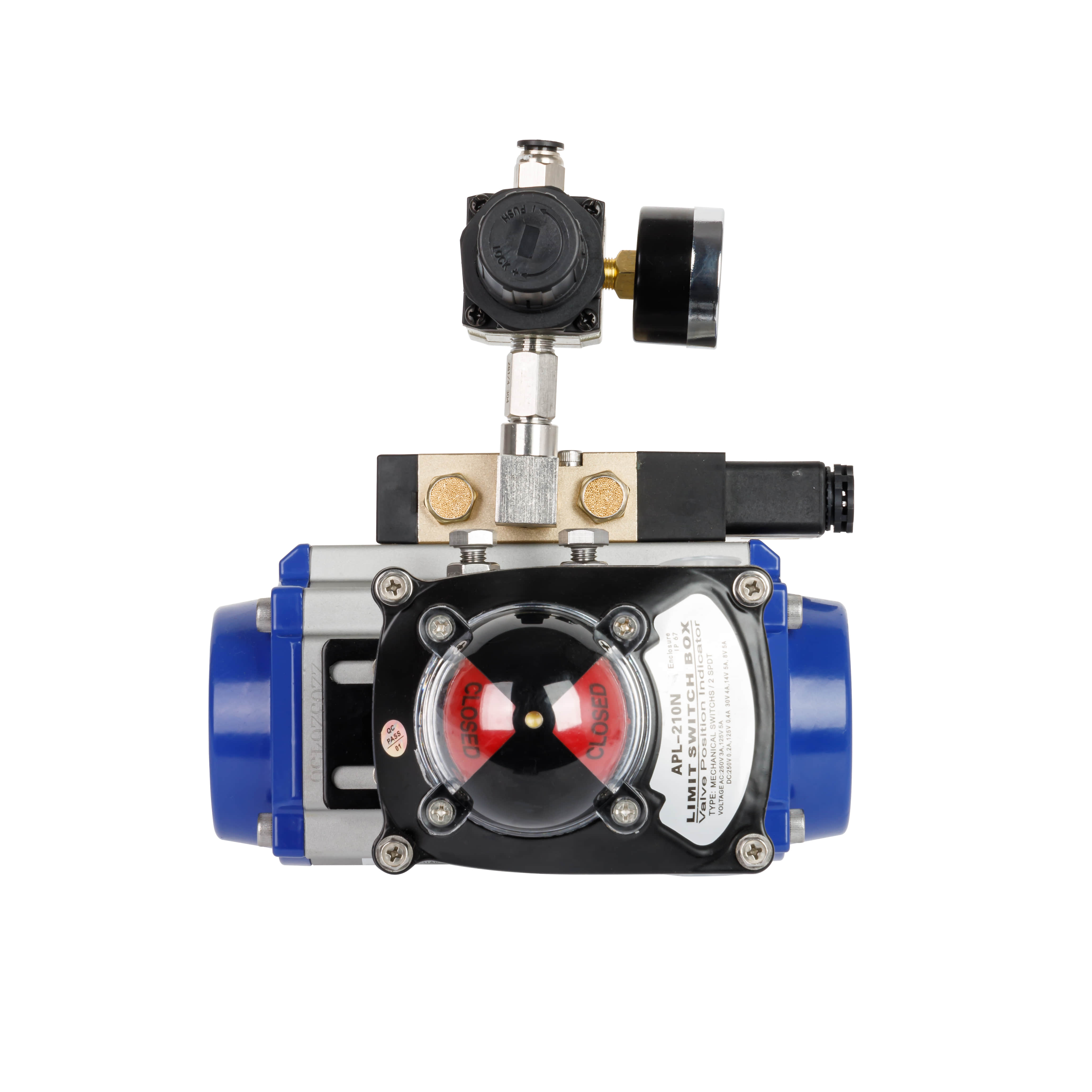
Pneumatic actuators are critical components in various industrial processes. They convert compressed air into mechanical energy, enabling the movement of different mechanical parts. This technology is prevalent across many sectors, including manufacturing, automotive, food and beverage, and pharmaceuticals. By exploring the working principles, types, applications, advantages, and limitations of pneumatic actuators, we can better understand their fundamental role in automation and process control.

Working Principles

